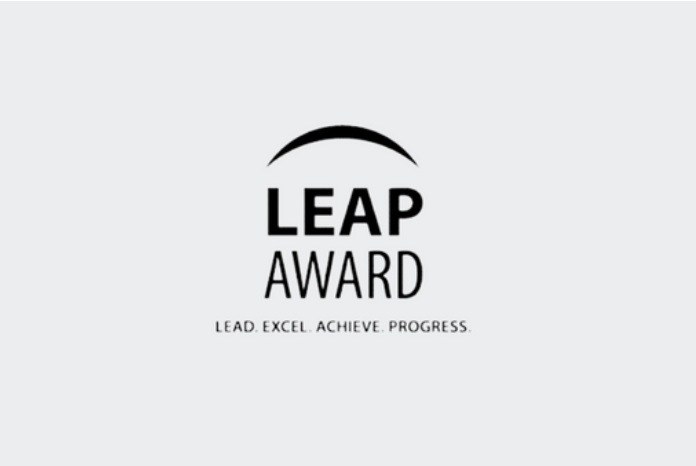March 30, 2021
Every year, the healthcare industry loses billions of dollars in monetary waste. The good news is every healthcare facility can do something about it. The major purpose of cost accounting is to deliver the highest quality of care at the least amount of expense. Every dollar counts – and in healthcare, it quickly adds up. Today, most traditional healthcare cost management systems include outdated cost accounting methods that are sluggish, cumbersome, and unproductive. By using an advanced cost accounting system and its advanced cost accounting methodologies, hospital accounting staff can more easily and quickly (in minutes rather than days) process a cost analysis.
As the business model of healthcare continues to shift and operating margins continue to shrink, understanding the true cost of care has become mission critical for hospitals and healthcare delivery systems. How can you reduce variation, waste and inefficiency in order to invest in and improve care if you don’t have any access to data and hospital cost accounting basics?
At Strata’s recent Virtual User Group Summit, customers shared with their peers, their successes in healthcare decision support, including their journey to more accurate, advanced cost accounting using the HFMA Strata L7 model. As healthcare’s first cost accounting maturity model, the L7® model is used as a guide or roadmap for healthcare cost management at organizations to determine where they’re at with their cost model today and where it could potentially be in the future.
Leon Corbeille, Sr. Director, Decision Support for Strata, sat down with Susan Kilmer, Finance Transformation Manager, Decision Support at Sharp HealthCare and Mike Hopkins, Director, Decision Support at Cleveland Clinic to discuss how their organizations have improved the usefulness of their cost data and achieved higher margins and better patient outcomes.
A New Approach to Strategic Cost Management Using the L7 Model
Even as an organization with a long history of detailed cost accounting, having utilized RVU-based costing for the last 20-30 years, the Cleveland Clinic is still evaluating their financial systems to determine if they’re meeting the needs of their future. As the organization continues to grow, their finance leaders have made it a priority to create the most streamlined solution that would create more insight for the institution.
Wanting to utilize some of the more advanced capabilities that Strata had, the team implemented Time Driven Costing™ (TDC™) in their operating room, migrated to supply based costing for surgical supplies, implants and pharmaceuticals, and rolled out activity-based costing in a couple of different areas, while continuing to utilize RVUs for a lot of their activity.
Their goal is to continue rolling out the more advanced capabilities within TDC and supply costing and to move on to other areas beyond the OR, ultimately becoming a data-driven costing shop. As an organization continues to grow, it becomes harder and harder to maintain RVUs across all facilities. Using data wherever possible is not only more sustainable, but it provides more insights to the organization and more actionable information to deliver more affordable care to patients. And with EMRs constantly evolving and maturing, leveraging the work that’s going into that data will help to drive not only costing, but more of the healthcare cost management process in general.
Sharp HealthCare also has some history with advanced cost accounting, having implemented cost accounting models seven years ago across four acute care hospitals, three special hospitals and one of their physician medical groups. They’ve since developed a robust RVU maintenance plan which they’ve implemented with people from across the organization, getting buy-in from clinical leaders, supply chain, pharmacy, IT and finance—a key factor in a successful implementation and healthcare decision support. Without the support of key stakeholders across the organization, half the battle is lost.
Understanding Expenses Through Activity Based Costing
A major win in healthcare cost management for the team at Sharp was tackling the challenge of two separate systems for chargemaster and item master. Developing a process to link the two with departments with chargeable patient items, the team improved charge consistency and revenue capture across all entities and a greater understanding of what the Medicare and OSHPD guidelines were, which led them ultimately to better compliance in billing.
To ensure the linkage continues over the years, they developed a standard process which most departments are still using to this day and they link those items to the charge codes. The supply cost supply charge code became so well known throughout the org for its accuracy and reliability that they are now using the EPSi cost as the foundation to determine the charge amount for supply and pharmaceuticals which ensures their charge covers the cost of both the supply implant pharmaceuticals.
Sharp has also seen some significant wins with their largest expense – pharmaceuticals. And due to their increased accuracy of cost and the ability to capture savings from the 340B program, they have accurate and reliable inpatient and outpatient service line reports. Their leaders know they can rely on the data, and utilizing the reports has helped them in making key decisions. Their approach to healthcare cost management has become so well known that across the organization that people could rely on the data, that it’s become the basis to determine the charge for both pharmacy and supplies.
Activity Based Costing: A Useful Technique the Wake of COVID-19
One such area where the Cleveland Clinic’s adoption of activity based costing has proved beneficial has been in costing out COVID-19. The team was tasked with accurately reflecting the cost for the patients that had COVID-19 and to not over-cost the patients that didn’t. With COVID-19 and non-COVID-19 patients getting the same accommodation code, they determined that activity codes were the best way to allocate additional expense to COVID-19 patients. Working with the nurses to figure out how much more time they were spending with COVID-19 patients versus non-COVID-19 patients on their floor and how much more PPE they were utilizing, they could add that additional expense to the accommodation code. The result was everyone getting the accommodation code, but they have the difference that is cost specific to additional care or additional supply expense with PPE for COVID-19 patients. The success they saw from their experience with COVID-19 will lead to more use cases for activity codes in the future.
Leading Your Team to Success with Time Driven Costing
While Time-Driven Activity Based Costing is a great approach and is the most accurate way of getting costs formulated, it doesn’t always scale. Time Driven Costing provides the automation needed to scale this everywhere with additional information such as timestamps from EMR system that includes staff detail and staff level time so teams can automate that data and obtain that level of data at that patient level to allocate out bigger costs.
In leveraging time driven costing and bringing in the timestamp detail, finance teams are now able to see that variation between different patients for that same charge code. It’s not only automated, but it also provides teams with more accurate cost to enable that variation and provide insights into where adjustments can be made to make care more affordable for patients.
The end result empowers you to improve financial and clinical outcomes by pinpointing opportunities to reduce variation, eliminate waste and inefficiency and improve quality.
Strata has earned top honors as the KLAS Category Leader for Business Decision Support for four consecutive years. KLAS is viewed as the Consumer Reports for digital health and their research is based on thousands of healthcare provider surveys and interviews conducted throughout the year. For more information on how your team can leverage an advanced cost accounting system or to see our tool in action, request a demonstration with one of our experts.



